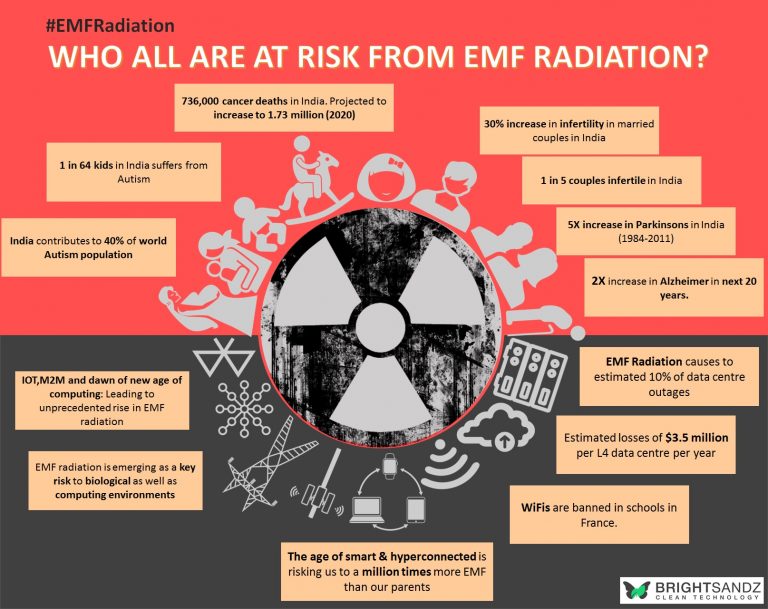RF-EMF radiation can cause DNA damage, tissue heating and even disrupt the blood-brain barrier. These effects are real and ARPANSA is actively engaged within the EHS communities, medical specialists as well as researchers. The agency will continue to examine research regarding the health effects caused by EMF radiation.
RF-EMF causes DNA damage
exposed to electromagnetic fields that are created by man (EMFs) can cause DNA damage, as well as other negative health consequences. EMFs can disrupt the intracellular ionic concentrations that are crucial to maintain a cell's electrochemical balance. In emf radiation , this can disrupt cell homeostasis, resulting to DNA damage. Moreover exposure to EMFs is also associated with an overproduction of free radicals and reactive oxygen species (ROS).
The exposure to radiation from RF-EMF has been associated with changes in male germ cells' development. This results in the transformation of germ cells into spermatozoa as well functioning maturation when the spermatozoa travel throughout the epididymis. To determine the effects of RF-EMF on the development of male germ cells, a specifically-designed waveguide machine was designed to expose non-restrained mice to RF EME at 2.2 W/kg.
In a recent study researchers have discovered exposure to RF-EME causes oxidative DNA damage in spermatozoa. Sperm DNA fragmentation increased by 18% after an entire week of treatment and by 23% after five weeks. Furthermore, DNA damage in mitochondria was observed by measuring the level of a biomarker, 8-hydroxy-2-deoxyguanosine (8-OH-dG).
However it isn't yet considered a carcinogen. But, numerous studies have shown that exposure to RF-EMF can affect DNA integrity in a variety of cell varieties. In one study researchers exposed Vero cells to an EMF of 100 Hz for 45 minutes. They assessed DNA damage for at 48 hours following exposure to determine if exposure affected DNA integrity.
RF-EMF causes tissue heating
While the effects of RF-EMF are typically considered as thermal in nature, a few studies have shown that non-thermal influences are also evident. These factors could be responsible for some of the unresolved observations in epidemiological studies on EMF hypersensitivity. This is why it is crucial to look at the non-thermal aspects when conducting systematic reviews.

Non-thermal effects from RF-EMF may be mediated by the cell membrane. This is an area which has already been thoroughly investigated. Particularly, the electrochemical behavior of cell membranes is being studied. Current understanding suggests that RF-EMF energy higher than 1 MHz is transferred to the tissue via dielectric and ionic dissipation. The theoretical studies have indicated that the energy that is transferred to the tissue could be up to 200 kV/m.
The electric properties of tissues are controlled in the form and quantity of water molecules and ions and other molecules within the body. This determines how absorbent EMR from RF is absorbed by different tissues. Tissues with higher conductivity tend to absorb more field and cause more of an effect. This is the reason the degree of tissue heating is not constant from outside to inside however, it is more prevalent in hot areas. Bone and fatty tissue are less susceptible to heating by RF than other tissues because they are not as water-based. content.
The intensity of the field's penetration depends on the strength and frequency that the electromagnetic field has. Muscle tissue is more able to absorb field energies than the other tissue and transforms it into heat more efficiently. Usually, the depth of penetration of RF-EMF is measured by millimeters (mm). However, the higher the frequency, the more shallow the penetration.
RF-EMF causes blood-brain barrier disruption
Researchers have found that RF EMF could disrupt the blood-brain barrier changing sleep patterns as well as neurotransmitter levels. In addition to this, the effects on the effects of EMF affect brain function are associated with neurodegenerative disorders. For what is emf radiation , EMF from mobile phones can affect electroencephalogram activity and sleep patterns, in addition to the actions of nitric Oxide and xanthin oxidase.
Researchers from the Vienna University have studied the effects of exposure to RF EMF on brain cells. They also examined the effects of ELF EMF on the nervous system. Though the cellular mechanisms aren't completely comprehended, there is a clear relationship between exposure to ELF EMF and myelin depletion. This relationship might account for the electro-hypersensitivity symptoms of electro-hypersensitivity. There are, however, tested methods to regenerate myelin within the brain.
Researchers have observed that exposure to 900 millimeters EMF increased the permeability of BBB and caused an increase in signs of neuronal damage in rats. They also observed an increase in the extravasation of neuronal albumin. Furthermore, https://note1s.com/notes/O1KNA794 discovered that after 30 minutes of exposure at 900 MHz 99mTcMIBI increased its diffusion into the brain. But this effect didn't occur with Evans blue injections.
However, RF-EMF does not have a clear mechanism to disrupt the BBB. The evidence suggests that nonthermal EMF exposure can increase erythrocyte membrane permeability, which may alter the BBB and enhance calcium ion efflux. Additionally, the presence of a 99mTc-MIBI radiotracer in the brain has been connected to an increase in the permeability of BBB.
